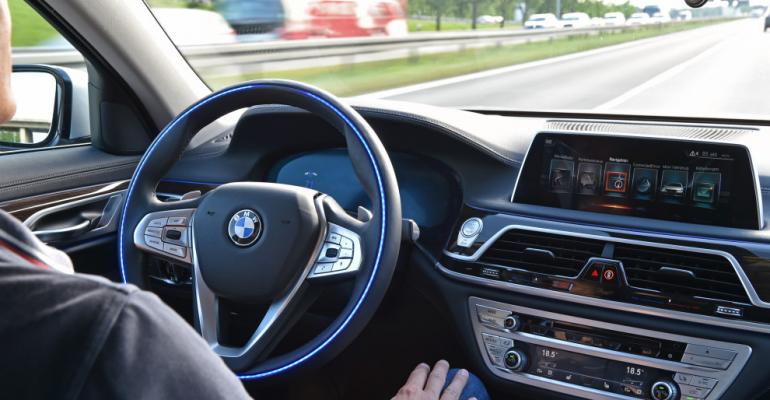The public perception of autonomous driving is the center of a hot debate.
On one side is the belief that drivers love the thrill of being in control, and as such, autonomous driving may not appeal to them.
On the other side are those who find comfort in the additional safety precautions of autonomous vehicles and feel the masses would benefit from having self-driving service vehicles.
While Uber’s recent pedestrian accident in Arizona made headlines on the potential dangers of self-driving vehicles, it is worth noting, although tragic, similar accidents often occur as a result of human error.
According to National Highway Traffic Safety Admin., more than 94% of car accidents are due to human error. Those include, but are not limited to, drunk driving, speeding, distraction and fatigue.
Comparative data for autonomous-vehicle error isn’t available. But focusing on that statistic – that more than 94% of accidents are due to human error – it is interesting the drivers, not the vehicles, are the typical cause.
To cite another statistic from the NHTSA, in 2017 there were an estimated 40,100 automotive fatalities in the U.S. In contrast, autonomous vehicle malfunction has caused zero automotive fatalities in 2017 and two so far in 2018.
So why does public perception of self-driving vehicles show that about 50% of people surveyed by Statista cite safety concerns?
Perhaps it is due to the lack of true comparative data or the publicity spotlighting the few fatalities involving AVs. When mainstream media focuses on human-error-related accidents, the safety precautions of AVs typically aren’t mentioned. (Below left, Industry Voices columnist Joanna McNeil)

Joanna McNeil
While the tragedies have happened, we can still learn from them from both a human and machine standpoint.
The human can learn that distracted and exhausted drivers cause accidents, while the machine can be updated to prevent a similar accident in the future by optimizing how the machine responds to a distracted-human-driver pattern.
As the journey to fully autonomous driving technology evolves, the deployment of critical safety features in mainstream vehicles is increasing. From blind-spot detection and 360-degree camera views to collision warning systems and adaptive vehicle maneuvers, autonomous features are quickly being embraced by the public.
As more innovative semi-autonomous features are added to mainstream vehicles, perhaps public perception will improve as the industry shows the direct relationship between mainstream technology and AVs, or maybe automakers will showcase semi-autonomous features on their websites to start the normalization of the autonomous vision in today’s language.
There can be a lot to gain from trusting AVs a little more.
Joanna McNeil is vice president-automotive strategy at Ansira, a marketing company specializes in the integration of local and national marketing programs through marketing automation, data analytics, CRM and integrated media.





